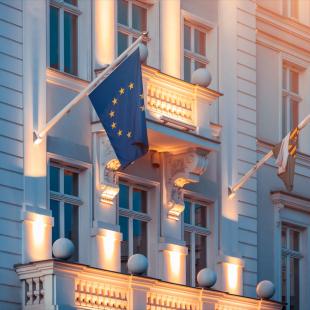Powering a
Future with
Green Ammonia
How is green ammonia uniquely suited to deliver a sustainable future?
Reaching net-zero by 2050
The challenge
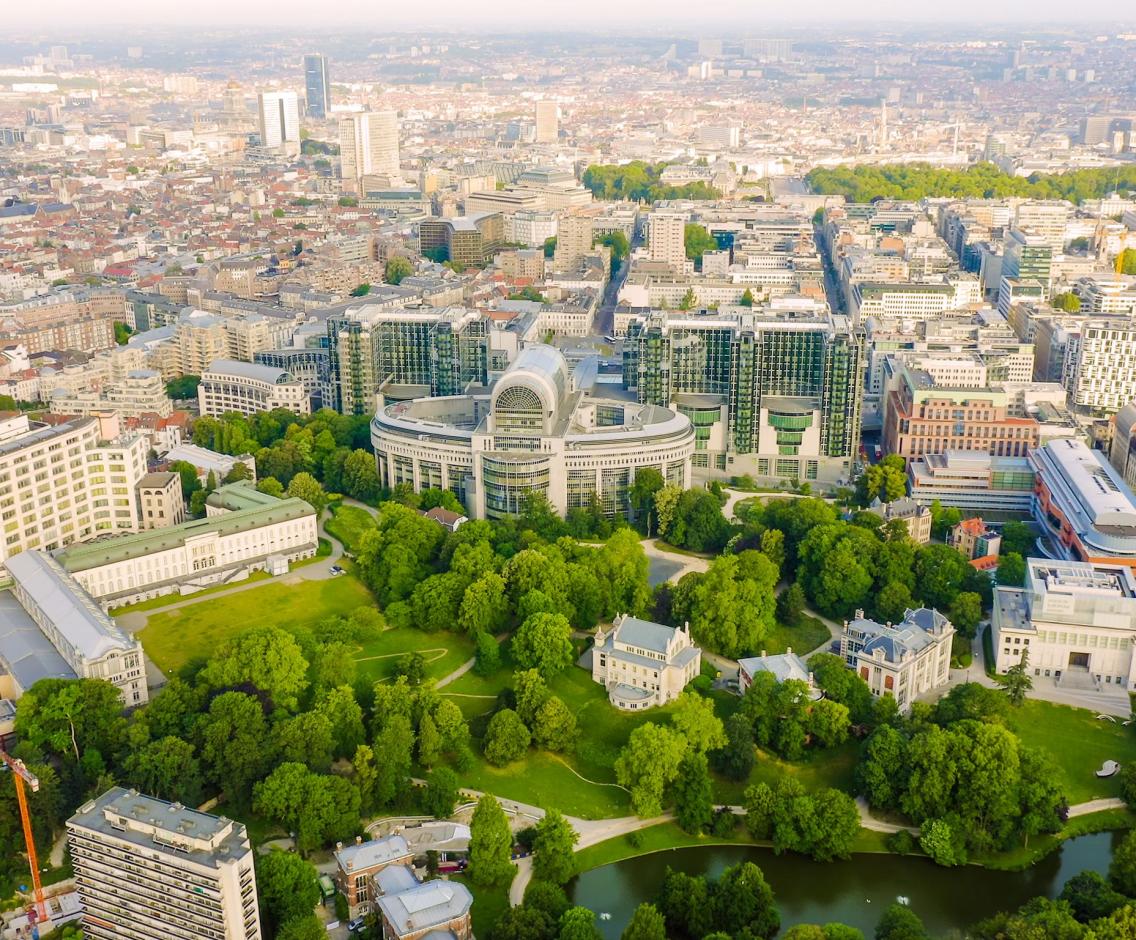
As decarbonisation is one of the largest challenges that we face today, it is a worldwide urgent mission to be carbon neutral by 2050. However, many obstacles lie in the way of a sustainable energy transition, especially with the current geopolitical developments which no longer make natural gas a viable option. The EU needs to look towards a different source to provide clean energy.
Building the Ammonia society
Our solution
Why ammonia?
Ammonia is a key global driver for a sustainable energy transition. It is crucial a tool to deliver both decarbonisation and energy security. Through innovation and the right partnerships, ammonia can serve as the bridge to a carbon-neutral society as the green fuel for the future.
Ammonia would work in tandem with renewable energy to ensure an effective energy transition. Harnessing the power of “Green Ammonia” would unlock the potential for additional renewable energy in areas that it could otherwise not yet reach. Thanks to its production process consisting of hydrogen and water electrolysis, green ammonia is 100% renewable and carbon-free. It’s the window of opportunity to achieve fully renewable energy resources.
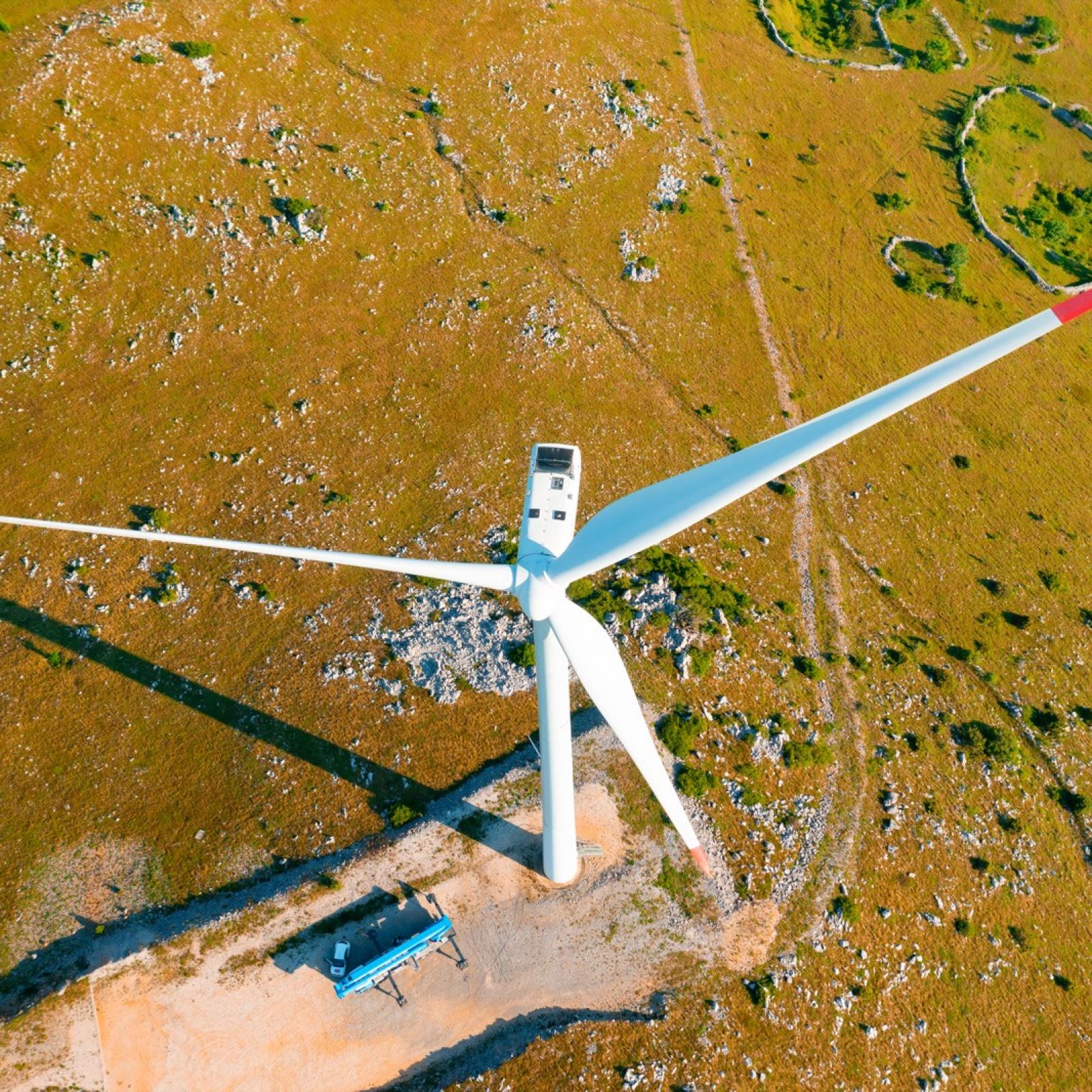
Hydrogen carrier and shipping renewables
As hydrogen will play a central role in the energy transition, ammonia will be there to support it each step of the way. At the moment, the industry is not yet capable of transporting hydrogen on a large scale. However, ammonia is the logical carrier for hydrogen as it’s easy to store and emits zero carbon. The technology has also already been developed. By working together, the ammonia and hydrogen industries can meet the global carbon-free energy demand.

How do we get there
Timeline
-
Ammonia is recognised as a sustainable fuel
2022
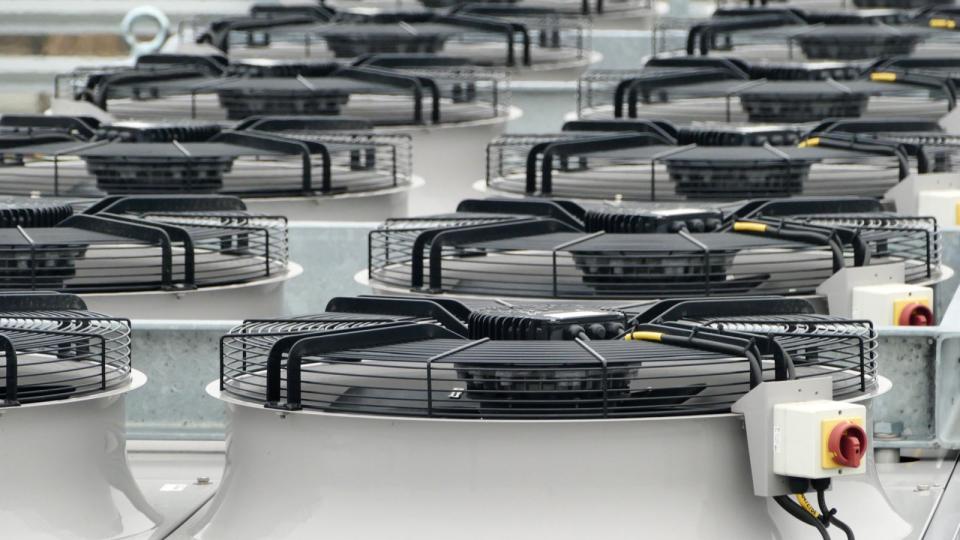
Ammonia needs to be considered a sustainable option. This way, the path towards decreased fossil fuel usage will be clear with ammonia taking over at the forefront. The co-firing with be moving towards the Pure ammonia combustion both for coal and for gas transition.
-
EU Green Deal review cycle starts
2024

The review of EU taxonomy can include ammonia as a transitional fuel. In order to close the financial gap taxonomy is a central tool. Investments in the renewables, storage and green ammonia will pave the way to decarbonization of the society.
-
Closing the Financial Gap
2030

We move from ammonia co-firing into the Pure ammonia combustion increasing the % of ammonia in the energy mix. End of the decade will allow to evaluate the progress and include transitional solutions. Ammonia society should be already advanced and first good results delivered.
-
Mid-term check
2035-40

Mid-term check – if ammonia firing technology is in place and large-scale operations implemented. Goal of 70% of ammonia in the firing mix should be achieved. Decrease of emissions will give a visible sign of following the right direction. Supply of ammonia globally should be stabilized (green supply) and the renewable electricity surplus should balance the production and consumption globally
-
200th Anniversary of IHI
2053
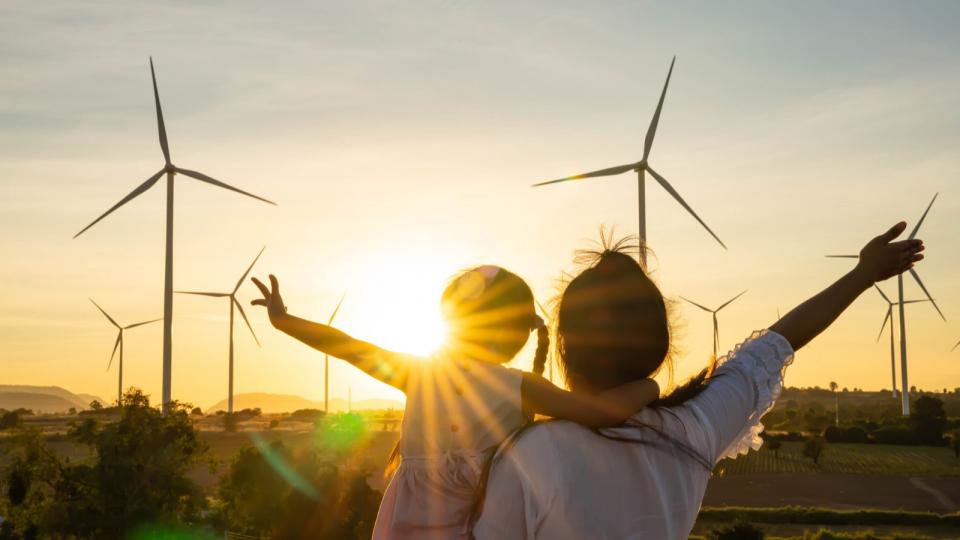
Vision for the future, the ammonia society will establish energy security on the growing markets. The IHI solution will bring energy transition to the climate neutrality goal.
Getting the eu to lead the way
The policy request
Public policy support, beginning with the EU, is essential to achieving a global ammonia society as we cannot achieve this alone. By recognizing ammonia as a key sustainable fuel, the EU’s actions can drive dramatic and positive effects worldwide. Financial resources must be unlocked for low or zero-emission energy sources such as ammonia to replace fossil fuels and to reach carbon neutrality by 2050.
-
EU Taxonomy
The most essential ask to include the ammonia in the EU taxonomy as the transition fuel
Public policy support is indispensable to achieve our future ammonia society, beginning with the EU. The inclusion of ammonia in the EU Green Taxonomy will drive the downstream, upstream, and midstream adoption of Green Ammonia. Recognizing ammonia as a sustainable fuel for power generation will spur the funding of other elements of the ammonia value chain. The EU’s actions can have dramatic and positive effects worldwide, particularly in Asia whose energy consumption is growing rapidly, where ammonia can play a key role in a decarbonization pathway that is achievable, responsible, and equitable.
-
Cogeneration
EU legislation should promote cogeneration as an efficient solution for heating and cooling of the built environment.
The heating and cooling remain central in the changing climate. The energy legislation remains central to the emissions reductions. For the thermal power plants cogeneration provides solutions to be most efficient. District heating systems benefit from this efficient solution. Housing sector benefits from cogeneration.
Read more -
Energy Efficiency Directive
Energy efficiency together with renewables is the keyway of achieving climate neutrality.
EU legislation promotes the energy efficiency through establishing targets. Each member state needs to ensure their economy and EU wide economy is energy efficient. The governance of the Green Deal and the long-term climate goal gives positive example as a regional market, which shows the way for the global economy.
-
#RePowerEU and the Green Finance
EU will continue stimulating investing in the zero emissions energy sources, as well as providing for the energy security.
IHI is uniquely suited to deliver a Green Ammonia society to the world that will achieve carbon neutrality. Its history, mission, track record, and DNA drive us to implement this multigenerational project that will secure society’s future. In this mission, our people are the key resource to achieve success as they possess the necessary technical expertise, mindset, and commitment to achieve the ammonia society.
Get the latest on the ammonia society
Resources
-

The future of low carbon fuels – why all eyes are on green ammonia to help drive the net zero transition
The world is preparing for a phase-out of fossil fuels following the historic COP28 agreement, but what does the energy mix of the future look like? According to Japanese engineering company IHI, interest in green ammonia in Europe is growing as heavy industries make the transition to greener technologies.
-

Ammonia's role in energy transition extends far beyond hydrogen carrier
“For hydrogen infrastructure, green ammonia as a hydrogen carrier has an important economic advantage compared to pure hydrogen gas,” according to Nobuhiko Kubota, Chief Technology Officer (CTO) at the Japanese multinational IHI. “And, the use of ammonia in the energy transition has more advantages.”
-

Green Ammonia in the carbon-free energy mix
At long last: the push to decarbonise industries worldwide is gaining momentum, especially for hard-to-abate (ie difficult-to-go-green) sectors like transport and power generation.
Frequently Asked Questions
FAQ
Ammonia (NH₃) is a combustible gas that does not contain carbon (C), it can be used in existing power generation facilities as a fuel which does not emit CO₂ when combusted.
The combustion method which IHI is pioneering involves liquid ammonia being directly sprayed into the gas turbine combustor, which presents numerous advantages for social implementation, such as the simplification of the liquid ammonia fuel supply system from the storage tank to turbine, as well as improved controllability, while minimizing harmful emissions of nitrogen oxide.
Building the ammonia society and adding massive amounts of renewables to the global energy supply is not a matter of either/or, it is in fact a false dichotomy. Renewables and ammonia are complementary and will work in tandem for the energy transition, as “Green ammonia” creates a virtuous cycle of increasing the penetration of renewables.
In actuality, "Green Ammonia" is a primary driver to drive untold additional renewable energy to the grid where it could not otherwise be managed. That is the whole point of renewably producing ammonia via hydrolysis in regions with surplus renewable energy potential, such as Saudi Arabia and Australia, enabling the "shipping of sunshine" to renewably poor Japan, the EU, etc.
This is not true—while we are pioneering the ammonia combustion with coal in a step-by-step fashion and have achieved a 20% ammonia mixture, the goal is to achieve 100% ammonia mono-firing. Thus, ammonia combustion with coal is an intermediate step, not a permanent condition, that realistically considers the deployment of blue and green ammonia supply infrastructure to meet the demand for ammonia in the power sector.
At a basic level, hydrogen and ammonia are both viable decarbonized fuel options. In most cases, ammonia is produced from hydrogen, resulting in an energy loss during conversion. Therefore, (gaseous) hydrogen has a cost advantage if it can be transported by pipeline. Ammonia is advantageous when used as an energy carrier to enable efficient, low-cost transport and storage of hydrogen. When transported by ship overseas, ammonia has a higher volumetric energy density than liquid hydrogen or organic hydrate, making it more efficient for transport and suitable for storage.
*In addition, direct combustion of ammonia offers lower energy loss and cost than decomposing ammonia to extract and use hydrogen, furthermore, has cost advantages over liquid hydrogen and organic hydrite.
Ammonia is very safe if handled correctly according to well-established and regulated procedures. Ammonia is actually much less dangerous than many combustible energy sources due to its low flammability, as seen from the widespread use of ammonia-based fertilizers, household cleaning products, disinfectants, etc. - even as science experiments for children.
However, “ammonia” is instantly recognisable by its pungent smell and induces an immediate physical reaction in people, so the public will need to be convinced of its safety before it can be widely adopted in an ammonia society, and IHI understands the need to educate the general global public regarding the safety of ammonia when handled properly.
Regarding the broad ammonia society, there has already been positive engagement with EU peers in the industry and we would wish to engage further with partners in academia. For the European maritime sector, ammonia presents a great opportunity for European shippers as a hydrogen carrier, bunker fuel, and is readily applicable to shipping via the existing technologies possessed by LPG tankers. European academia already appreciates the potential of ammonia as a hydrogen carrier, and also its essential role as a fertilizer precursor in a European economy that faces massive disruptions in its traditional supplies of natural gas for ammonia synthesis.
Finally, establishing relations with public institutions such as ports and road authorities in the EU can help the ammonia society address regional regulatory conditions that are a key component of the larger global ammonia value chain.
A historic world leader in every part of the ammonia value chain
IHI

We strive to build a sustainable ammonia society for the world. In our 167 years of history, we have pioneered and deployed the technologies of the future that stabilise society and protect people’s lives, while at the same time ensuring a proper balance between the needs of society and the needs of nature.




